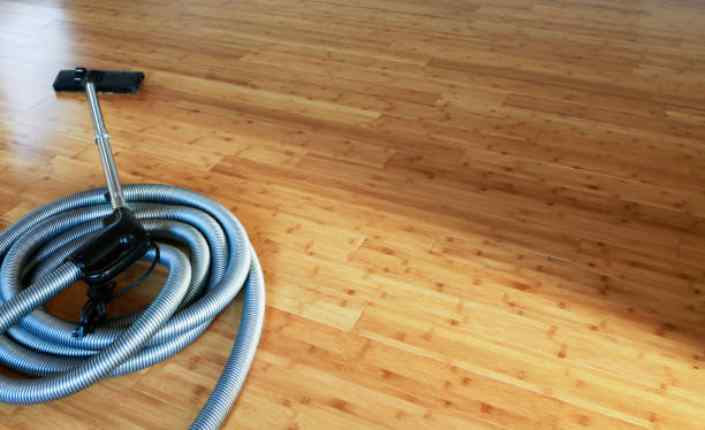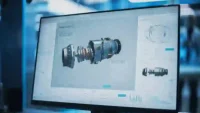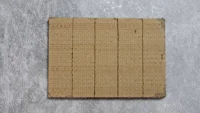A proper dust containment system can cut down on cleanup time and annoyance. It can even save a hospital from construction-related issues that might interfere with patient treatment.
Start with plastic sheeting and tape it to walls, ceilings, and a doorway threshold. Use dust barrier poles to help keep the plastic in place, and make sure it’s airtight.
Building a Temporary Plastic Wall
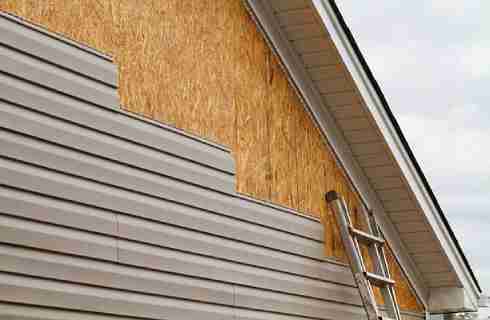
Construction projects produce a lot of dust. From drywall sanding to demolition, every task generates airborne particles that can cause a variety of health issues.
Many contractors use plastic sheets to create a temporary barrier that keeps dust and debris contained. While this works well for a light-duty project, it doesn’t provide much durability.
Alternatively, you could use a temporary metal wall that provides better durability and protection from rain, strong winds and other weather conditions. These walls are also available in a range of sizes to provide different levels of protection.
Another option is to build a temporary construction dust wall with a system like STARC Systems RealWall. These walls are far more durable than a simple sheet of plastic, and they’re easy to set up and tear down. They’re also ICRA Class IV compliant. Add a heavy-duty zipper to your dust barrier for a more secure seal that’s easy to open and close.
Adding an Entryway
When you’re working on a project with low levels of dust, a fan blowing out the window can be used to keep your work area free of airborne particles. This method works especially well in open areas that allow air to flow freely.
A dust door is a great addition to any temporary plastic wall, keeping dust and other contaminants from entering the room. This can be especially important for healthcare facilities undergoing renovation or maintenance that requires ceiling access, check this site out.
Infection control is vital for hospitals, outpatient care centers, and long-term care facilities like nursing homes. These facilities often undergo construction or remodeling projects that involve ceiling access and drywall sanding, which can release fine dust particles into the atmosphere. A professional-looking, ICRA level-compliant soft wall dust barrier enclosure helps maintain infection prevention guidelines and protects the health of patients with weakened immune systems. It also makes a good first impression on observers of the facility.
Creating a Negative Pressure Room
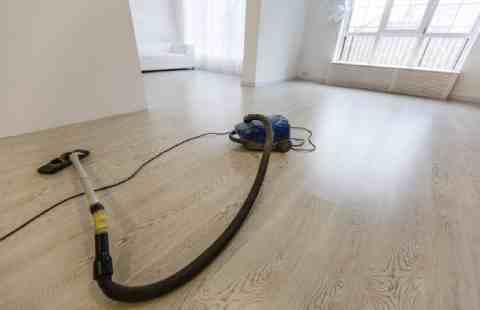
This is an important step in any dust containment system. A properly functioning negative pressure room ensures that contaminated air can’t escape the space. It prevents microbes from entering the general airflow and infecting other patients, healthcare professionals, or visitors.
In hospital settings, it’s common to use negative pressure rooms for patient isolation, autopsy rooms, pharmacies, laboratories, decontamination spaces, and infectious isolation spaces. These rooms are designed to exhaust contaminated air outside of the room through HEPA filtered ductwork.
A simple smoke test can confirm a negative pressure room’s functionality. Close the door to the isolation room and stand in a corridor outside of the door. Then gently squeeze the bulb on a smoke tube to release a stream of smoke. If the smoke is sucked under the door, it means that air from the corridor is flowing into the isolation room. Setra FLEX can monitor and control multiple negative pressure rooms, providing detailed visibility into their conditions.
Adding a Dust Door
Adding an entryway to your dust containment system isn’t just about providing another point of air entry. It’s about mitigating dust, preventing it from spreading throughout the house, and saving your surfaces from damage.
Once you’ve secured the plastic sheeting wall at your access point, add a temporary dust door. Trimaco’s heavy-duty E-Z Up Zipper sticks to the plastic sheeting, allowing you to enter and exit your enclosure easily without the need to tape down the entire wall of the enclosure.
Summary:
Once you have a sealed entrance to the dust barrier, consider requiring everyone to wear shoe covers. This prevents shoes from carrying dust from room to room and also helps maintain the integrity of your negative pressure rooms. Americover’s Foot Coverings also come in a variety of materials, including fire-retardant and antistatic. They’re a cost-effective way to help protect your floors, surfaces and workers from the hazards of dust. They’re available online and at many of your favorite hardware stores.

Vivan Henderson, a professional photographer born in Texas. Photography is his passion. He was fond of nature in his childhood. So he took his passion as a profession. He is basically nature photographer but also take other type of photo. He completed graduation in computer science from Texas Tech University. He lives in Houston with his wife and two children’s.

